Samsung Galaxy S9 vs Samsung Galaxy S7: is this the 2-year upgrade you've been waiting for?
Or, actually, is the Samsung Galaxy S7 a powerful, super cheap steal you should look to exploit?


Not everybody changes their phone every year. Sometimes we wait because the new one isn’t that much better than the old one, or because we can’t justify the expense. And sometimes wait because we signed a two-year contract that’s too expensive to cancel before the time is up. If you’re rocking a Samsung Galaxy S7 and decided to skip the S8, the Samsung Galaxy S9 may well be the upgrade you’ve been waiting for.
Our Samsung S9 vs Samsung S7 comparison will show you the key differences between the two Galaxy phones.
Samsung Galaxy S9 vs Samsung Galaxy S7: design

The Galaxy S7 was, and is, a good looking phone. Most of the front is taken up by the display, although in the S9 the bezels have been made much, much smaller to the point where the phone bit effectively disappears. That means there’s a much bigger display with virtually no difference to the overall size or weight of the phone. To help make room for the bigger display, the fingerprint reader has been moved to the back of the device.
The S7 is protected by fourth generation Gorilla Glass; the S9, fifth generation. One design change you can’t see is the new speakers, which were tuned by speaker boffins AKG and deliver 360-degree Dolby Atmos sound from any audio source. Another is the radio, which supports the ultra-fast Gigabit LTE that’ll roll out in various territories this year. Both Galaxies have headphone sockets, unlike certain rivals.
Samsung Galaxy S9 vs Samsung Galaxy S7: display
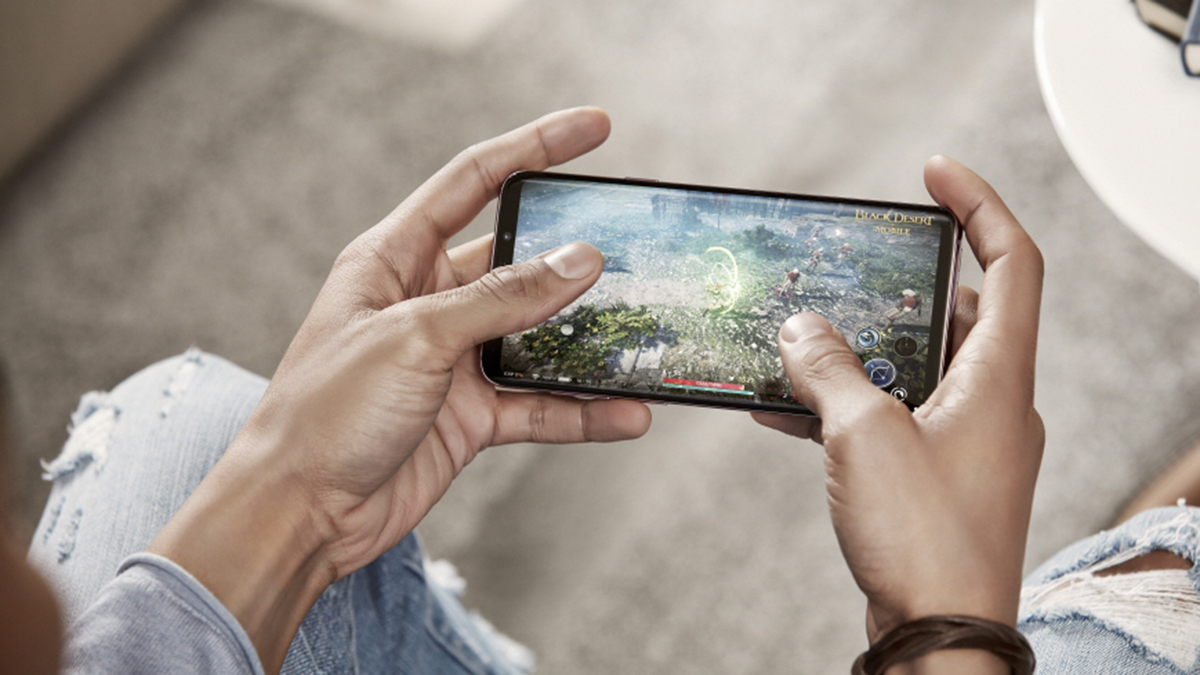
The Galaxy S7 has a 5.1-inch display (the Edge got another 0.4 of an inch) delivering 577ppi and a Quad HD resolution of 2,560 x 1,440. It’s a Super AMOLED panel delivering the crisp, vibrant colours we’ve come to expect from Samsung devices and boasts always-on notifications.
The S9’s display is significantly taller. Its display is 5.8 inches, and it can deliver 2,960 x 1,440. Once again it’s a Super AMOLED with always-on notifications. The pixel density is slightly lower by a whole 7ppi. You can’t see the difference no matter how hard you squint.
Samsung has optimised its software for landscape mode in the S9, so when you turn the phone on its side the app tray moves accordingly.
Get all the latest news, reviews, deals and buying guides on gorgeous tech, home and active products from the T3 experts
Samsung Galaxy S9 vs Samsung Galaxy S7: processor and storage
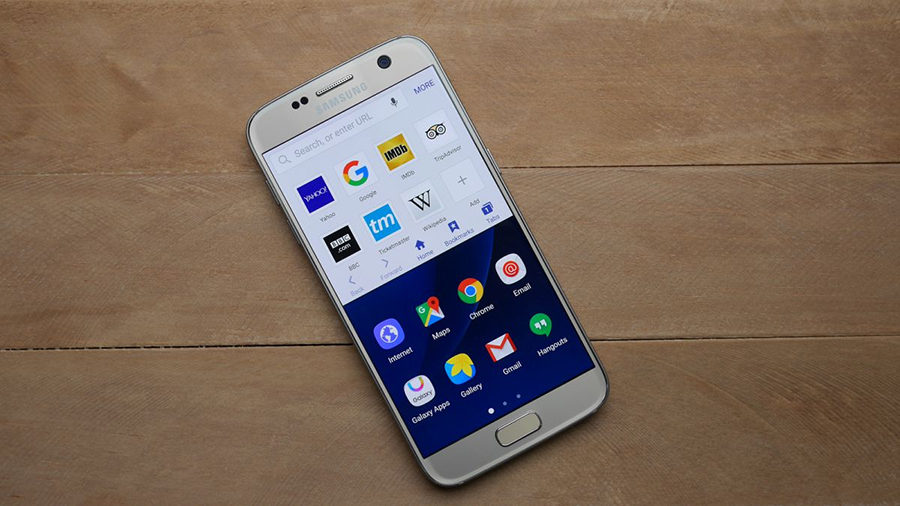
The Galaxy S7 had Samsung’s own Exynos processor, an octa-core setup with 4 x 2.3GHz and 4 x 1.6GHz cores backed with 4GB of RAM. The S9 comes in two flavours, Snapdragon for the US and China and Exynos for the rest of the world. The Snapdragon 845 has 4 x 2.7GHz cores and 4 x 1.7GHz cores; the Exynos 9810 has 4 x 2.8GHz and 4 x 1.7GHz cores. Once again there’s 4GB of RAM.
The Galaxy S7 came with 32 or 64GB of on-board storage and can handle microSD cards up to 256GB. The S9 comes with 64, 128 or 256GB and supports microSD up to 400GB.
What do the numbers actually mean? 2018’s processors are more efficient and a whole lot faster.
Samsung Galaxy S9 vs Samsung Galaxy S7: camera
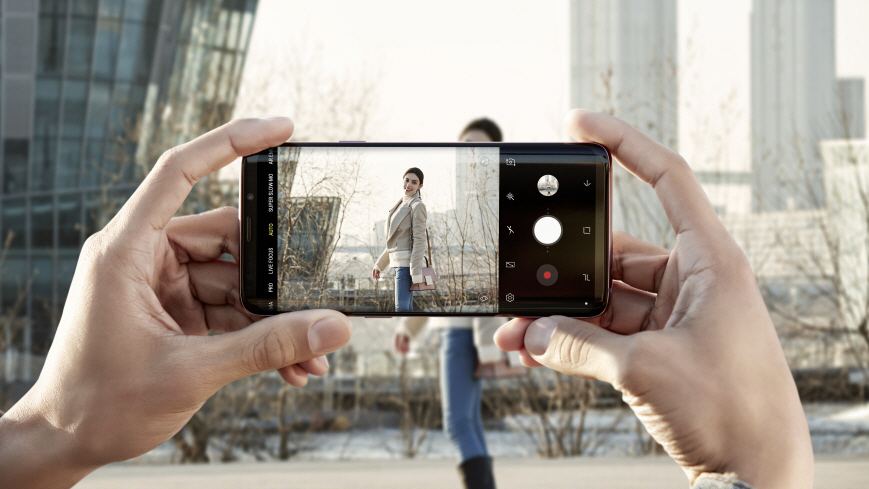
The Galaxy S7 camera is pretty good, but the one in the S9 is amazing. Where the S7 has a 12MP camera with an impressive f/1.7 aperture, the S9 has a 12MP rear camera capable of an extraordinary f/1.5 for incredible low light shooting. It also has a clever noise reduction algorithm that combines multiple photos to identify and remove unwanted image noise.
The S9 offers more video options too: 4K at up to 60fps compared to the S7’s 30fps, 1080p at up to 240fps over the S7’s 60fps, and a super-slow motion mode that delivers a whopping 960fps at 720p compared to the S7’s 240fps. Both Galaxy devices enable you to take 9MP stills while recording video.
The front camera’s a lot better too: it delivers 8MP instead of 5MP.
Samsung Galaxy S9 vs Samsung Galaxy S7: software
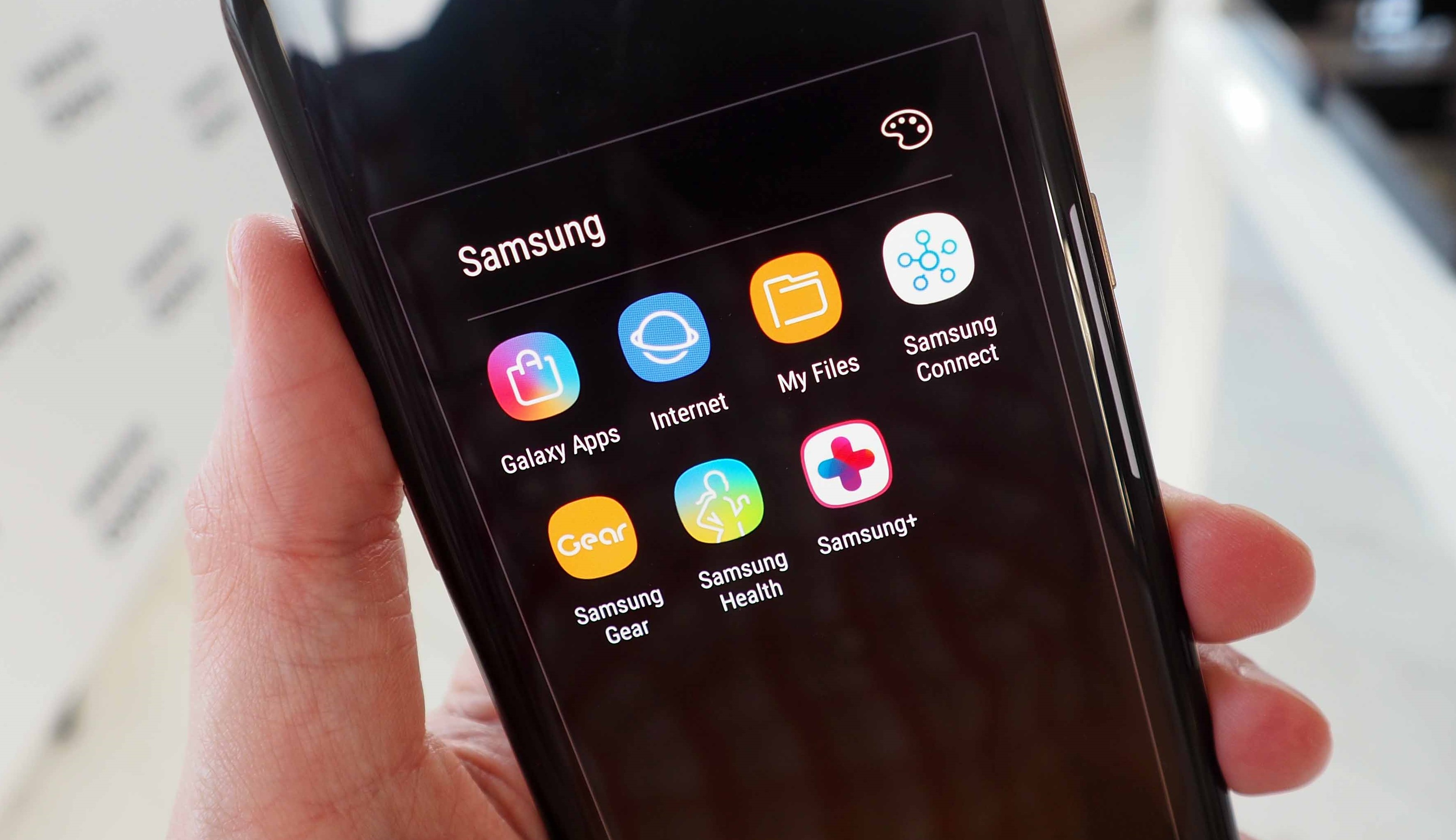
The S7 shipped with Android 6.0, aka Marshmallow, and is upgradeable to 7.0 Nougat. The S9 has Android 8.0, aka Oreo, and the previously optional Bixby is now part of the system. It’s been given a major upgrade to deliver live translation, food calorie information and useful information about the places near you. It also offers a new SmartThings app for connecting to Samsung’s various smart home devices and not-like-Apple-honest animated emoji, which Samsung calls AR Emoji.
One of the most significant differences between the two OSes isn’t immediately obvious: Oreo is much more efficient, which means it delivers better battery life and better performance too.
Samsung Galaxy S9 vs Samsung Galaxy S7: battery
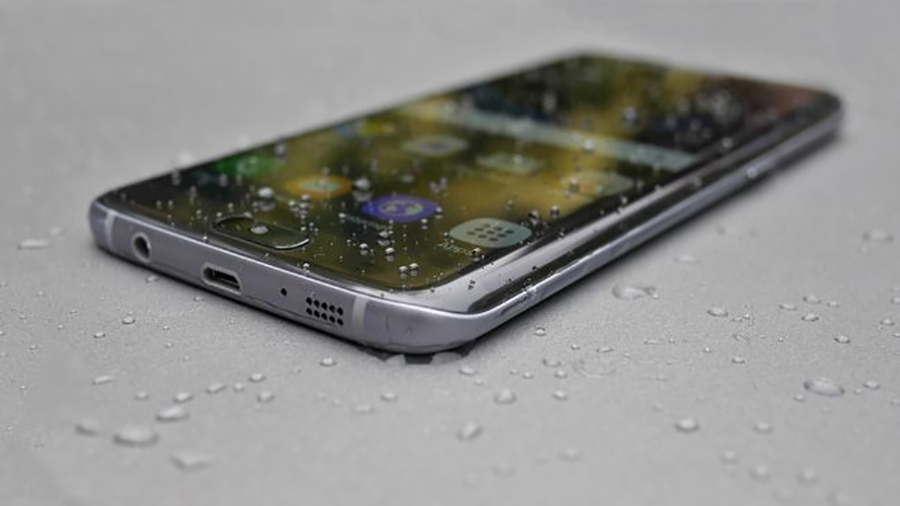
The S7 battery is 3,000mAh and offers fast charging on both wired and wireless chargers. The S9 is 3,000mAh too, with the more recent USB-C connector. Samsung is playing it safe with battery tech at the moment after the very public problems of an explodey nature that affected the Galaxy Note 7.
Samsung Galaxy S9 vs Samsung Galaxy S7: overall

We think two years is the sweet spot for upgrading phones: it seems that these days, almost everybody is on a tick/tock cycle. Each tick is a significant improvement over the previous one; each tock is a refinement of those improvements. You see it in iPhones – the iPhone X was a tock, the 8 a tick – and you see it in Galaxies. The difference between the S7 and S8 was a tock; between the S7 and S9 is a tick. There’s no doubt that if you upgrade, you’ll be delighted by the differences.
The S9 is a pricey tick, though. While the two-year-old S7 is heading towards the £300 mark online, the S9 is a pricier proposition at just under £740. If you don’t want a contract and don’t need the very latest Galaxy, give it a few weeks and you’ll see prices of the S8 plummet. It’s not quite as good as the S9, but its awfully close.
Writer, musician and broadcaster Carrie Marshall has been covering technology since 1998 and is particularly interested in how tech can help us live our best lives. Her CV is a who’s who of magazines, newspapers, websites and radio programmes ranging from T3, Techradar and MacFormat to the BBC, Sunday Post and People’s Friend. Carrie has written more than a dozen books, ghost-wrote two more and co-wrote seven more books and a Radio 2 documentary series; her memoir, Carrie Kills A Man, was shortlisted for the British Book Awards. When she’s not scribbling, Carrie is the singer in Glaswegian rock band Unquiet Mind (unquietmindmusic).
